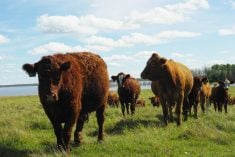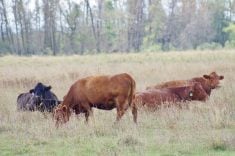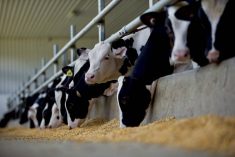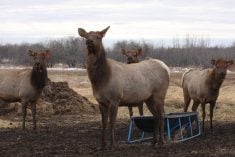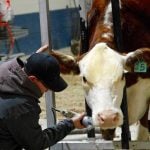Feb. 15 — The 2008 Canadian calf crop was 5.288 million head. The January-through-June 2009 calf crop was 4.402 million. My projections have the July-through-December 2009 calf crop at 700,000 head. (Official data will be available later this month.)
If we account for dairy retention, Canadian beef calves born from June through December 2009 are projected at 600,000 head. These are usually the early yearlings marketed in August or lightweight calves marketed in the second quarter of the following year. This is very important for Canadian fourth-quarter slaughter numbers.
There are not very many lightweight calves available at this time. However, there are some available and it will pay off longer term to buy these lighter-weight calves.
Read Also
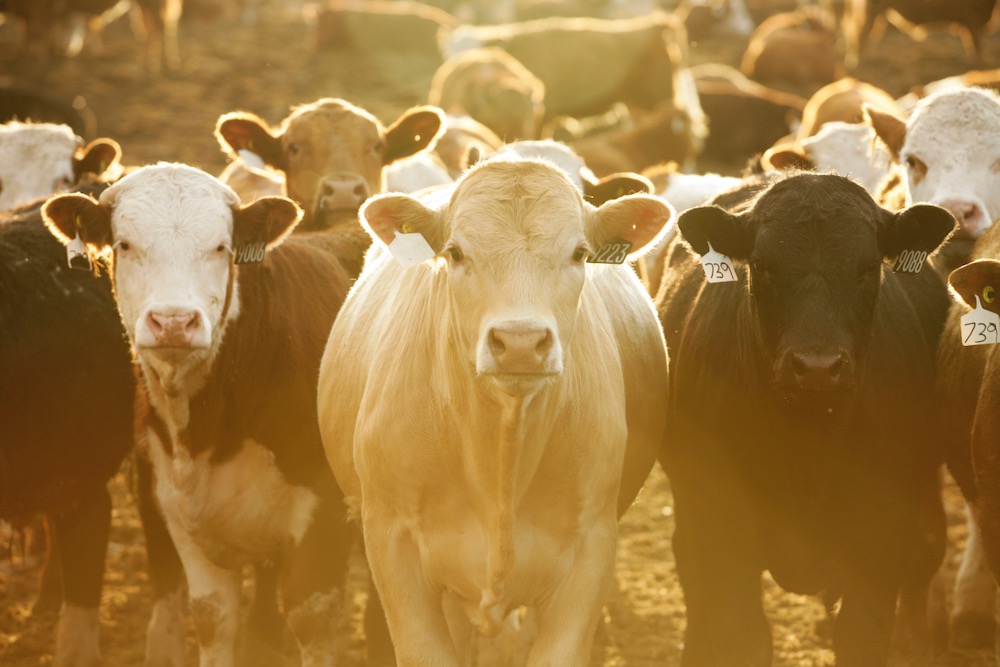
U.S. livestock: Cattle futures drop on Trump call for lower prices
Cattle futures on the Chicago Mercantile Exchange dropped sharply on Wednesday, reacting to comments from United States President Donald Trump…
Feeder cattle exports have yet to improve. The U.S. feeder market was $3 to $5 higher this past week on winter weather and minimal numbers moving through U.S. auction markets.
I like to think that the exports will improve in March but so far, January and February have been rather dismal. In Nebraska, 550- to 600-pound steers were trading at US$1.15 this past week; Manitoba auction market values for this weight category were about C$1.10 (US$1.05).
The spread is moving in the right direction to enhance exports but we actually need to see this spread at a solid US20 cents, or US$20 per hundredweight.
When the spread moves to this level, look for export numbers to increase. The U.S. feeder market is trending higher and Canadian feeder cattle exports should increase during the March-through-June timeframe.
— Jerry Klassen is a commodity market analyst in Winnipeg and maintains an interest in the family feedlot in southern Alberta. He can be reached by email at [email protected] for questions or comments.
The material contained herein is for information purposes only and is not to be construed as an offer for the sale or purchase of securities, options and/or futures or futures options contracts. While the information in this publication cannot be guaranteed, it was obtained from sources believed to be reliable. The risk of loss in futures trading can be substantial. The article is an opinion only and may not be accurate about market direction in the future. Do not use this information to make buying or selling decision because adverse consequences may occur. This information may be wrong and may not be correct about current market conditions in all areas of Canada. This is an opinion only and not based on verified facts.




